Transportation in Peru: How to Get Around Easily
Getting around Peru is fairly safe and easy, but it has its challenges. Cusco-based nomad Heather Jasper shares her tips on the best ways to travel around Peru, from buses and taxis to boats and trains.
Shares
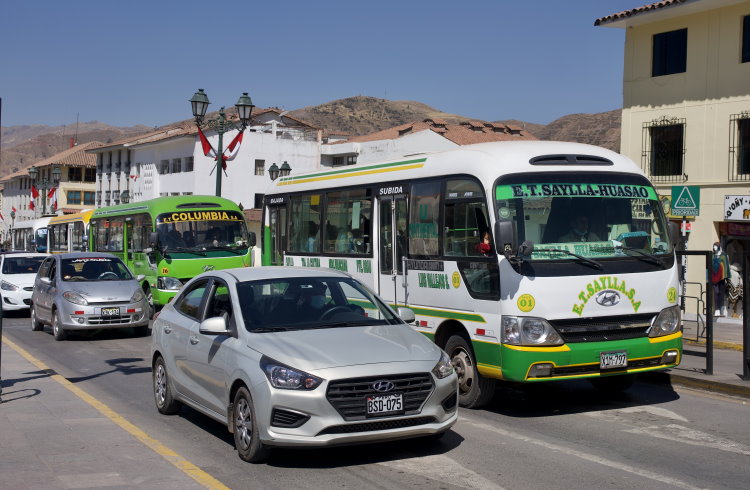 Photo © Heather Jasper
Photo © Heather Jasper
Peru is probably on your travel list (as it should be!) but do your research before you go. Rugged terrain, landslides in the rainy season, strikes, and theft can throw a wrench in the works when traveling. Here are some tips to help make your journey enjoyable and safe.
- Buses and colectivos
- Peru by train
- Domestic flights
- Getting around by boat
- Renting a car in Peru
- Taxis and rideshares
Buses and colectivos
Peru has a lot of bus options. Peruvians travel frequently by bus between cities, and you can usually buy your tickets the day before or even the day of travel. If you buy through an agent, expect them to hike the price up a bit to give themselves a commission. If you want the cheapest rate, always buy directly from the bus company at their office in the bus terminal.
There are cheap, local buses which leave from their own office, rather than the main bus terminal. Local bus companies usually run one line between two cities. If you want the cheapest option and don’t mind the bus stopping often, ask around for the local bus to the place you want to go. A two-hour bus trip can cost as little as S/10 PEN. (See the note at the end about PEN, Peruvian Nuevo Soles).
There are also several big bus companies which operate lines throughout the country and some throughout South America. They have comfortable, assigned seats and offer many of the amenities you would expect from a budget airline. One is a checked baggage system, so travelers feel more secure about their luggage. Regardless of whether you checked your bag or not, always keep your valuables and your passport with you.
Major companies run on schedule and often have both daytime and overnight options. Of course, the daytime buses offer the best views of the countryside while the nighttime buses save you the cost of a hotel. The main companies are Cruz del Sur, Oltursa, Tepsa, Civa, and Movil.
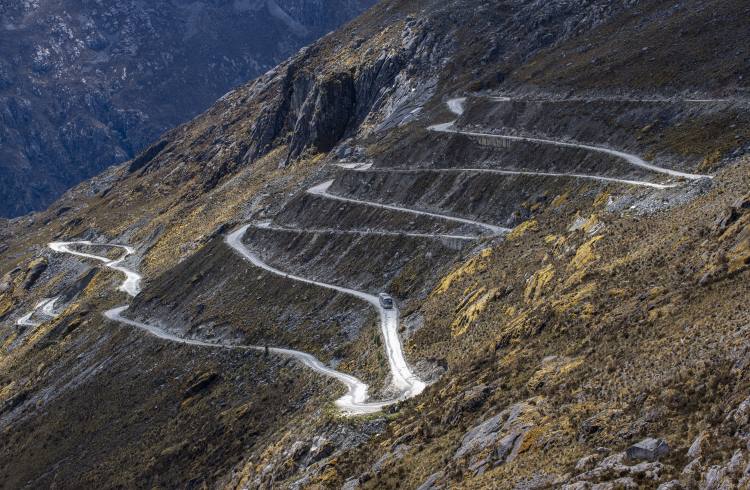
Peru and Bolivia have a unique company called Peru Hop or Bolivia Hop. This is a bus system designed for travelers which goes to major tourist destinations, rather than just between cities like the bus companies mentioned above. This is also the best option if you plan to travel around both Peru and Bolivia.
Within a city, buses are called colectivo. Buses from a city to nearby towns or suburbs are also called colectivo. These can be an actual bus, or they can be a van. Most have a name, rather than a number and the main streets or neighborhoods they go to are painted on the side. Prices range from S/1 to S/4 and are always posted inside the vehicle. Besides a driver there’s a person who collects the fare – sometimes they ask for the fare when you get on but more often you are expected to pay when you get off.
Peru by train
Peru is challenging for trains because so much of the country is steep Andes mountains or swampy Amazon jungle. The coast near Lima and the south of Peru have the best options for train travel. The coastline is mostly flat and much of southern Peru is high altitude plains, called the Altiplano. All trains request that travelers arrive at the train station at least a half hour before departure.
The most popular train line runs to the town of Aguas Calientes, directly below Machu Picchu. Some trains leave from Cusco, but most travelers take the train from Ollantaytambo, in the Sacred Valley. Tickets are available from PeruRail or InkaRail. These are owned by the same company and only give the impression that there is competition in the market. The company is in fact a monopoly and fixes prices extraordinarily high. However, unless you want to walk to Machu Picchu, the train is the only way to get there. There are no roads.
If you want to go inland from Lima, there’s a train to Huancayo on Ferrocarril Central Andino, which takes 14 hours. Due to the geology of the Andes, the train goes through 69 tunnels and over 58 bridges. There’s a stop in San Bartolomé where passengers can buy food and souvenirs before the second half of the trip. From Huancayo another train goes south to Huancavelica.
The most comfortable way to see the Altiplano is the train from Cusco to Puno. Like the train to Machu Picchu, this is a service designed for foreign travelers, with comparably high prices. Puno is one of the two towns from which you can visit the Peruvian islands on Lake Titicaca and offers the best access to the floating islands of Uros. You can also visit the islands from Juliaca (the best way to access the islands of Amantaní and Taquile). You can fly to Juliaca, which has the only airport in the region.
The railways offer an enticing experience, steaming through the Peruvian peaks, but the reality doesn't always measure up to the romance. There are generally three classes of tickets available, although some trains are reserved for locals and others only for travelers. The basic económico trains are almost always crowded and can be uncomfortable. The more expensive services offer waiters, restaurant carriages, and increased security.
Train travel in Peru is a bit of a novelty, sold as an experience rather than a practicality. It's worth trying out, but don't rely on rail as a big part of your travel plans.
Domestic flights
Flying is the easiest way to visit this geographically diverse country. Peru is highly centralized, and most flights go through Lima. Some of the few direct national flights go from Cusco to Puerto Maldonado or Arequipa.
Budget airlines are increasingly competitive as Peruvians fly more in-country. This competition has even lowered prices with the biggest airlines in the region: LATAM. In some cases, a flight doesn’t cost much more than the bus and it’s always faster.
Do your research when flying with budget airlines, as not all have great records. That said, I have taken dozens of flights within Peru and never had trouble other than the typical delays that plague most airlines.
Getting around by boat
The Peruvian Amazon is a special part of South America’s largest jungle and the only way to access most of it is by boat. You can fly into a few towns and most travelers start their trip to the jungle by flying to either Iquitos or Puerto Maldonado. From there, all travel will be by boat on tributaries of the Amazon River.
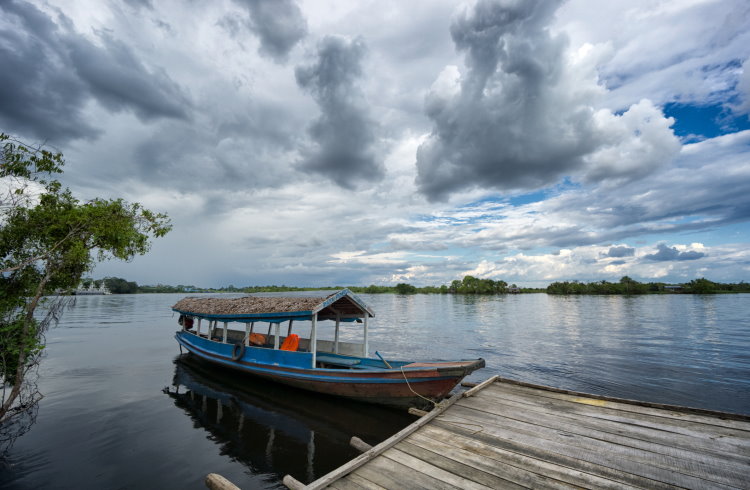
There are many local and international companies that organize jungle tours and visits to lodges. All include boat transportation as part of their services. If you prefer to travel on your own, boat captains and guides are available in towns like Iquitos and Puerto Maldonado. Always check the boat for safety equipment and ask how long the captain has been working that particular stretch of river.
As a side note, legal and illegal mining are controversial in the Peruvian Amazon and there are frequent protests against mining. Always check local news organizations before heading to the Amazon. If the area you want to visit has strikes and protests, consider changing your itinerary.
Lake Titicaca is another place where you can travel by boat. There are ferry boats for locals from the town of Capachica to Amantaní island that cost less than S/10 per person. Puno has boats to the floating Uros islands and the islands of Taquile and Amantaní. Boats from Puno are organized by tour agencies, so always research the agency before purchasing a ticket. Some agencies will try to sell you tours of the islands with homestays but you can ask for transportation only and find your own lodging when you get to the islands.
Renting a car in Peru
I have only rented a car to drive up and down the coast from Lima, but I wouldn’t hesitate to rent one for road trips in other areas of the country. Renting a car in Peru can be quite inexpensive but check that your insurance covers rental car damages. Local companies and Peruvian franchises of international companies have a reputation for exaggerating damage to get the most they can out of travelers when the vehicle is returned.
Within Lima, I recommend using taxis instead of driving, as traffic is horrible.
If you’re driving in Peru, be aware that police sometimes set up checkpoints in areas where there is suspected narcotrafficking or other illegal activity. Comply politely with any requests to search the vehicle and you’ll soon be on your way. Only stop and roll down your windows for uniformed police as occasionally the narcotraffickers themselves will set up roadblocks, especially in the north of Peru near the border with Colombia.
Speeding is a major problem in Peru, which is why there are speed bumps everywhere. Practice defensive driving and avoid driving after dark. Note that Peru is close to the equator, so the sun sets quickly. Plan to get where you're going by around 6pm.
I have also rented a car with a driver for trips between cities when I wanted to stop along the way or didn’t like the set schedules of buses or flights. If you don’t want to deal with driving yourself but want more flexibility than buses, consider hiring a taxi driver for the day. This can be very inexpensive, especially when the cost is split between a group.
Taxis and rideshares
Taxis are ubiquitous and relatively cheap in Peru. The most expensive taxis are in Lima, primarily because the city is sprawling and traffic is terrible. In smaller places there is often a set rate for the center of town. Ask at your lodging how much you should expect to pay for a taxi to your destination. Peruvians always tell taxi drivers where they want to go and ask how much they would charge before getting in, and travelers should too.
In small towns, not all taxis are marked as such. Any driver looking for a fare will honk as they drive by, which can be obnoxious until you get used to it. Official taxis are clearly labeled and inside you will see the taxi driver’s license and photo ID posted. In Cusco, where I'm based, I don’t hesitate to get in a car that stops for me, even it doesn’t have a clear taxi sign. However, if you’re unfamiliar with the town or don’t speak Spanish, it’s better to wait for an official cab.
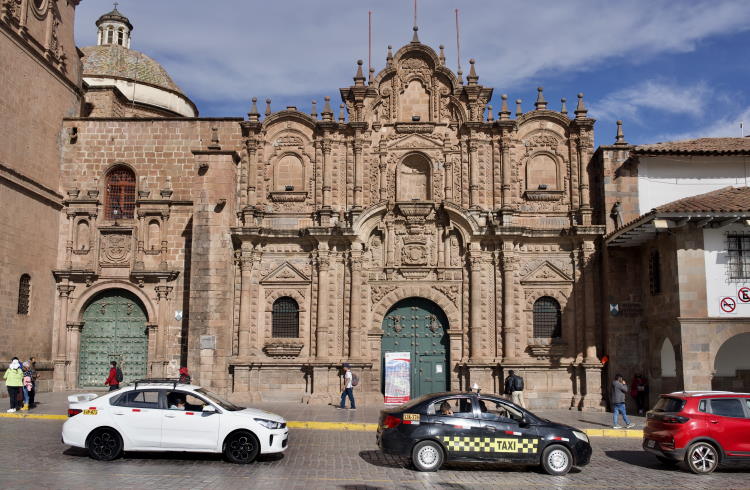
Rideshare apps like Uber are popular in Lima, but rarely used in other Peruvian cities. As security is a major issue in many areas of Lima, apps are preferred because passengers get information about the driver before they get in. If you’re not confident negotiating in Spanish, an app will also help you get a fair price.
If you’re in a taxi or car in Lima, always keep your window closed, door locked, and your valuables at your feet. There’s been a rise in incidents of thieves on motorcycles driving by and snatching purses or bags through open taxi windows.
As mentioned above, you can also hire a taxi for long-distance rides between towns. You have the option of paying for just one seat in a cab or for hiring the whole taxi. Taxis between cities all have a particular street from which they depart and there are often competing companies. I usually check prices between two or three companies and look for one has a car that’s mostly full. If there’s only one seat free, then I know that I won’t have to wait for more people to show up.
A note about Peruvian currency
The Peruvian Nuevo Sol, also known by its currency code PEN, is a volatile currency. Always check the current conversion rates before your trip as that can make all the difference in your trip budget.
Related articles
Simple and flexible travel insurance
You can buy at home or while traveling, and claim online from anywhere in the world. With 150+ adventure activities covered and 24/7 emergency assistance.
Get a quote
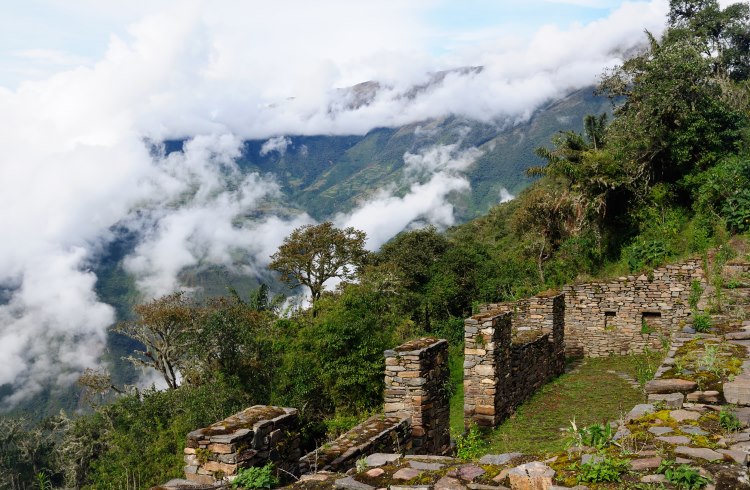
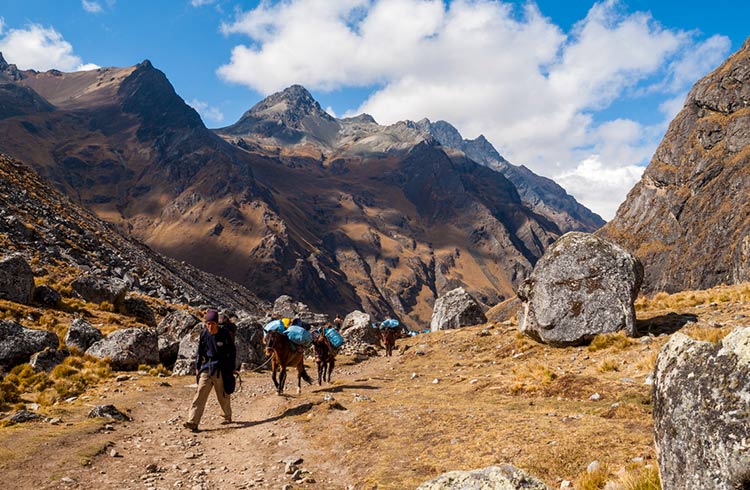
No Comments